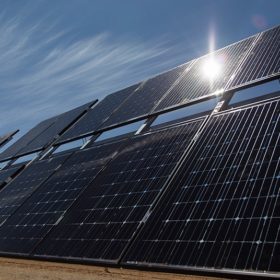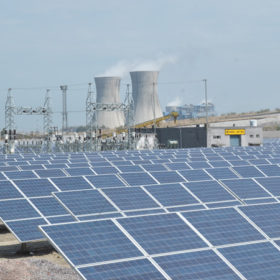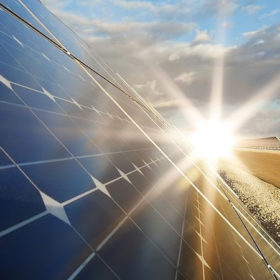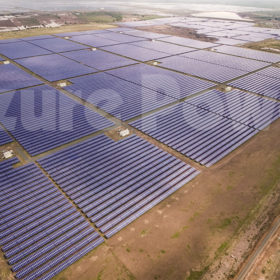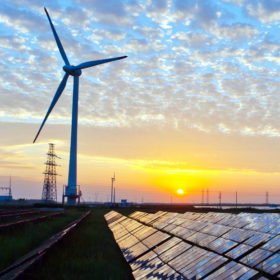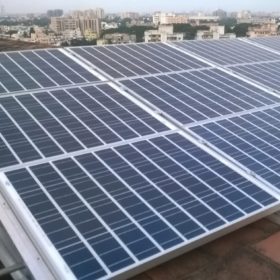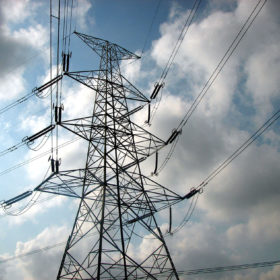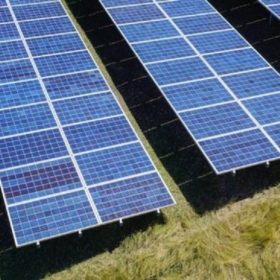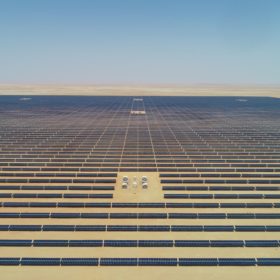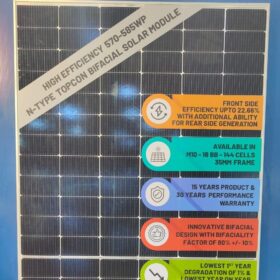Bidding extended for 40 MW solar projects at Uttarakhand dams
Bidding for 27 MW solar project at Haripura dam and 13 MW project at Tumariya dam could not be completed as scheduled due to implementation of code of conduct for General Elections Lok Sabha 2019. The revised bid submission deadline is now May 25.
Siemens Gamesa bags 250 MW solar EPC project from Sprng Energy
Spanish-German renewable energy developer Siemens Gamesa—which developed India’s first wind/solar hybrid plant—has commissioned over 400 MW solar capacity in India.
China confirms FIT level payments – but they will be ‘subject to competition’
The Beijing authorities have confirmed the payment levels to be made according to type of project and region from July onwards but an auction process will be involved so the figures are for guidance only. No decision has yet been made on the 30 GW of capacity added since the end of May.
NTPC tenders 10 MW and 3 MW solar projects for Uttar Pradesh and Bihar
The state-owned power generator has invited bids for operations and maintenance of 10 MWp solar plant at Unchahar in district Rai Bareilly of Uttar Pradesh, and also for setting up of 3 MW plant at its Kahalgaon plant in Bhagalpur district of the state of Bihar.
NHPC tenders 1082.16 kW solar capacity in Himachal Pradesh
The state-owned hydropower generator has invited bids for setting up of rooftop and small solar power plants of total 1082.16 kWp capacity at its power stations/units in the state of Himachal Pradesh. The projects will be awarded through domestic competitive bidding followed by e-reverse auction.
Azure Power commissions 150 MW project at the Bhadla Solar Park
The independent power producer now has 1.6 GW of operational solar assets. Other recently commissioned Azure projects include the final phase of a 260 MW solar project in Gujarat and a 100 MW facility in Karnataka.
Tata Power exemplifying the Indian energy transition: IEEFA
The private-sector integrated power company will cease to build new coal-fired capacity. Instead, it eyes 70% of new capacity additions coming from solar, wind and hydro through to year 2025.
World Bank to support efficient, clean cooling in developing countries
By 2050, energy use for cooling is projected to triple. Also by 2050, demand for cooling in countries such as India, China, Brazil, and Indonesia will grow fivefold, putting pressure on already strained energy systems and hampering efforts to curb climate change.
India will add 144 GW renewables by 2022, exceed 275 GW by 2027: IEEFA
Given the existing trajectory of wind, solar and other renewable sources, India will reach 144 GW renewable energy capacity by FY2021-22—not far from the aspirational 175 GW target set back in 2015. This places India on track for exceeding its 275 GW target in 2027.
India could add 7-7.5 GW solar capacity this fiscal, predicts ICRA
The solar capacity addition of 7-7.5 GW in FY2019-20 will be 15% higher than a subdued 6-6.5 GW in FY 2018-19. Of the total, 1 GW would come through open access/group captive route and grid-connected rooftop.

